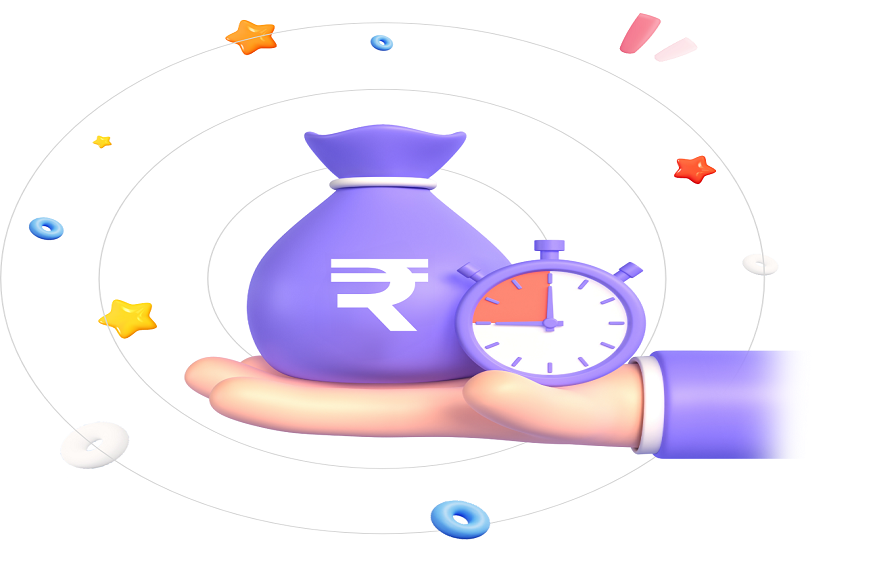
Until a few years ago, applying for a loan in India meant visiting a bank branch, filling out a form, and waiting anxiously for days—or even weeks—for approval. The process was not just time-consuming, but also intimidating for many first-time borrowers. Today, however, the landscape has changed dramatically. With the rise of the online loan app, securing credit has become faster, easier, and more inclusive. But for beginners stepping into the world of digital borrowing, the options can be overwhelming.
If you’re someone exploring how to take a loan online for the first time, this guide is for you. We’ll walk you through how these apps work, what to expect, what to watch out for, and how to make the smartest choices based on your financial situation. The aim is not just to inform—but to empower.
Why Borrowing Has Gone Digital
The digital lending revolution in India is no accident. It’s driven by rising smartphone penetration, increased trust in online financial services, and the growing need for flexible short-term credit. Be it a salaried employee looking to manage a mid-month cash crunch or a student needing help with exam fees, more and more Indians are opting for loans from their mobile phones.
An online loan app brings with it three undeniable advantages: speed, convenience, and accessibility. No paperwork. No physical visits. And no long wait for approval. In a country where time is money and access to formal finance has traditionally been uneven, these apps have levelled the playing field.
What Makes Online Loan Apps a Preferred Choice?
The biggest selling point of any online loan app is simplicity. Most platforms require just a few basic details—identity proof, PAN card, income information, and a selfie. Once verified, the app uses algorithms to assess your creditworthiness, often bypassing traditional credit score models. The result? Instant or same-day approvals in many cases, with the amount directly transferred to your bank account.
This immediacy makes them a lifeline in emergencies. Whether you’re dealing with a medical issue, a car repair, or a delayed salary, you don’t have to scramble for funds. But even beyond emergencies, these apps serve everyday financial needs—planning a trip, paying off a larger purchase, or simply smoothing out cash flows.
What’s more, the loan amounts can be as small as ₹3,000 or as high as ₹5 lakh, depending on your profile. The tenures are flexible too—ranging from a few weeks to over a year. This flexibility makes digital loan options ideal for diverse needs across income groups.
How Does the Application Process Work?
If you’re new to digital credit, the process can feel surprisingly quick. Here’s a breakdown of what typically happens when you use an online loan app:
- Download and Register: You begin by installing the app and creating an account using your mobile number.
- Submit Documents: Most apps ask for Aadhaar, PAN, salary slip or bank statement, and a selfie. Everything is uploaded digitally.
- Assessment and Approval: The app runs its risk checks using both traditional data (like credit score) and alternative data (spending patterns, employment history, mobile usage, etc.).
- Offer Presentation: If approved, you’re shown a loan offer with amount, interest rate, processing fee, and EMI details. You can choose a tenure that suits your needs.
- eMandate and eSign: You confirm repayment via auto-debit and sign the agreement digitally using OTP authentication.
- Disbursal: Money gets credited to your account—sometimes in as little as 30 minutes.
The entire journey is designed to be paperless and hassle-free. You don’t need a guarantor or collateral for most personal loans offered via apps. And you can apply at any time—midnight or midday.
Key Things First-Time Borrowers Should Know
Before jumping into digital borrowing, it’s important to understand a few fundamentals. Firstly, just because a loan is easy to access doesn’t mean it should be taken lightly. Borrowing money always carries a responsibility, and defaulting on repayments can affect your credit score and financial health.
Secondly, interest rates vary widely across platforms. Depending on your profile and the lender’s policies, you might be charged anywhere from 12% to 30% annually. Always check the annual percentage rate (APR), not just the monthly EMI, to understand the true cost of borrowing.
Also, be mindful of processing fees and late payment penalties. While some apps offer zero prepayment charges, others may levy fees if you decide to foreclose the loan early. Make sure to read the fine print and understand what you’re signing up for.
Lastly, always borrow only what you can comfortably repay. It’s tempting to opt for a higher amount when offered, but overextending can create a repayment burden and negatively impact your creditworthiness.
Common Use Cases for Online Loans in India
One of the reasons online loan apps have caught on so quickly is their adaptability. They fit into many real-life scenarios. For instance:
- A young professional facing a medical emergency uses a digital loan to pay for hospital admission without liquidating investments.
- A working parent opts for a short-term loan to pay school admission fees, spreading the repayment over six months.
- A small business owner bridges cash flow gaps using a personal loan during the off-season, planning to repay once sales resume.
The flexibility of use is unmatched. Unlike traditional loans that are often tied to a specific purpose (like home or auto loans), digital loans come with no strings attached. You decide how to use the money.
How to Choose the Right Online Loan App
With dozens of loan apps available, how do you know which one to trust? Here are a few pointers for beginners:
- Regulatory Status: Ensure the app is backed by an RBI-registered NBFC or financial institution. This protects you from unregulated or predatory lenders.
- Transparency: The app should clearly disclose interest rates, processing fees, and repayment terms before disbursal.
- Customer Reviews: Read real user experiences to understand approval timelines, customer service, and repayment issues.
- Data Security: Since you’re sharing sensitive information, the app must follow proper data encryption and privacy norms.






Leave a Reply
You must be logged in to post a comment.